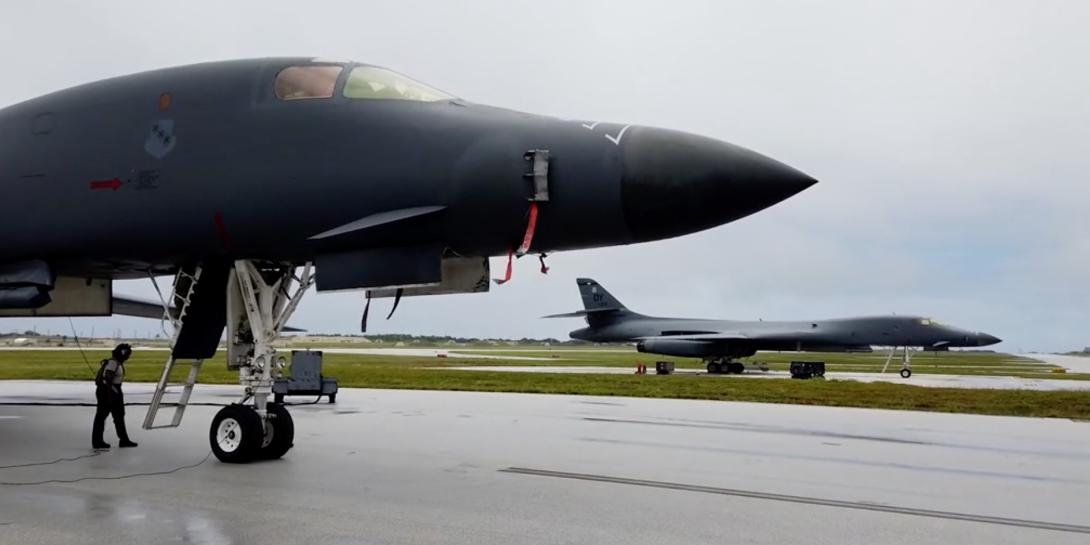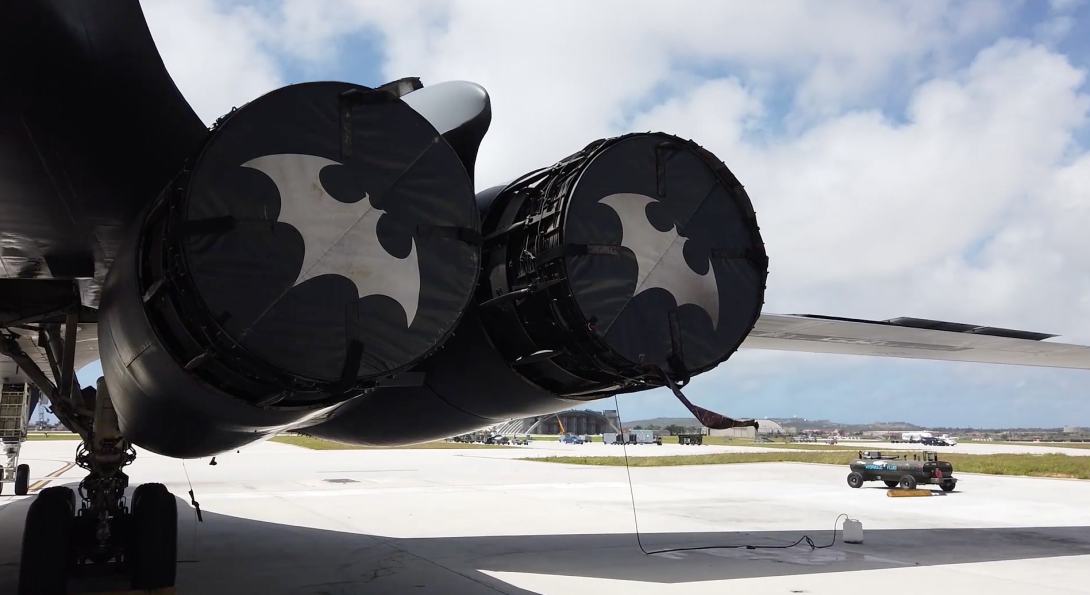A Digital Future May Reshape Aircraft Acquisition
The new concept of employing computerized modeling and virtualization to the acquisition cycle may provide advanced aircraft more quickly to the U.S. Air Force, said Gen. Kenneth Wilsbach, USAF, commander, Pacific Air Forces (PACAF); Air Component commander, U.S. Indo-Pacific Command; and executive director, Pacific Air Combat Operations Staff, Joint Base Pearl Harbor-Hickam, Hawaii. The concept can also be applied to communications, sensors and network systems.
The new PACAF commander spoke at a recent Mitchell Institute for Aerospace Studies virtual event.
“Being able to digitally map our new acquisitions and being able to reduce the amount of time that we test, and then maybe we don't need as big of an acquisition buy,” the commander ventured. “In lieu of buying thousands and thousands of airframes and taking 20 or plus years to buy all those, we buy smaller lots and we fly them for a while. And then we can design and acquire a new system and field that aircraft. That will be a much greater way to continually improve our capabilities overtime.”
In September, Will Roper, assistant secretary of the Air Force for acquisition, technology and logistics, laid out a new strategy for digital transformation across the service’s acquisition lifecycle. Essentially, it is applying electronic systems, known as e-systems, to every part of an aircraft’s, weapon’s or system’s acquisition process, including design, engineering, software, manufacturing, testing and sustainment efforts.
For Gen. Wilsbach, applying this e-system method to aircraft acquisition will bring more nimble testing and more rapid updates. “In computer systems, you can map in the twin of the actual aircraft that would have a direct correlation to when you make a change in the computer,” he explained. “Maybe you change the flight control system or a sensor. The reaction inside of the digital environment is a one-for-one match to what would happen in the real world. What that means is taking some risk, perhaps in the experimentation area and in the testing, with the ability to do digital capabilities. If you have that then you can do a lot of your testing virtually, and you can reduce the amount of time that you actually have to fly the aircraft and fly the sensor in the real world and figure out what are the changes that need to be made.”
Another priority for PACAF is the testing and advancement of the Air Force’s Advanced Battle Management System, or ABMS, a key enabling technology for joint all domain command and control, or JADC2. Although the general was pleased with the initial ABMS testing in the region in late September, he acknowledged that there is more work to do.
“JADC2 is very complicated, as you might imagine,” Gen. Wilsbach said. “And the Advanced Battle Management System is the network of networks that allows you to be able to do that. So, that's one area that we need to get much better at.”
In addition, the general will continue to build partnerships in the region, following the priority of the previous PACAF commander, Gen. Charles Brown, USAF, and prior Air Force Chief Gen. David Goldfein, USAF. Gen. Brown, who is now the Air Force Chief, and Gen. Goldfein, newly retired, both spent time forming relationships with and in meetings hosting the air chiefs from the various Indo-Pacific nations.
“The United States’ military objective for the Pacific is a free and open Indo-Pacific theater,” Gen. Wilsbach said. “And the good news is that most of the nations that we deal with that is a mutual interest of theirs. They want the exact same thing…. And consistent with being a joint force, we want to be able to be interoperable with our allies and partners. We try to do as many exercises as we can with our allies and partners and we try to experiment with them, to improve and, of course be innovative with them.”
According to reports, China’s government, the People's Republic of China, or PRC, is at an all-time low favorability rating, as other nations around the world increasingly distrust the PRC for their behavior not only in the Indo-Pacific region, but around the world.
For example, China is actively trying to expand its territory, the general stated. Recently, tensions with India have increased, given the stress at its eastern border with China due to the PRC’s incursions—which resulted in a show of support and a visit to India from the U.S. Secretaries of Defense and State in October. In the South and East China seas, the PRC is creating and controlling new islands, and claiming it has always been that way. “It’s revisionist history as they add to their territory,” Gen. Wilsbach said.
“We are the ally of choice,” he continued. “Our list of [allies and partners] is pretty long and theirs is not,” he said, speaking of China’s and Russia’s partners.
The trouble with the PRC is that they do not believe that there can be ‘multiple winners’ in the world order. They believe there can only be one super power and that is going to China and every other country has to lose. “We don’t believe that,” the PACAF commander said. “We think there can be many winners.”
The U.S. military must not relent in its pursuit of innovation, the general warned. He cited Gen. Brown’s call for the Air Force to ‘accelerate, change or lose,’ given the stunning progress that adversaries are making. “We have seen unprecedented advancements by the PRC’s Air Force especially, and all together by their armed forces,” Gen. Wilsbach stated. “They really have been advancing at a much quicker rate than we have.”
To succeed in its contribution to the U.S. military, the Air Force must pursue the innovative acquisition processes. “In order to compete in that accelerate, change or lose environment, we have to get our acquisition processes in line with the speed that the world is changing,” the general stressed. “Reducing the amount of time that it takes to bring on new equipment, new weapons, new capabilities, is something that really interests me as the PACAF commander.”






Comments